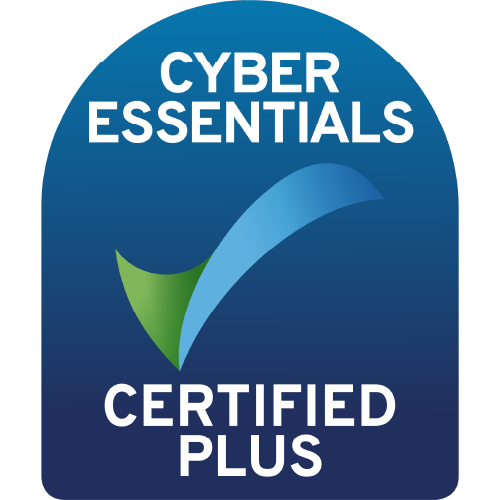Broadband vs Ethernet: Finding the best internet connection for your business
As the number of businesses harnessing cloud-based applications such as Microsoft 365 and hosted telephony continues to surge, the need for affordable, high-performance internet connectivity has never been more widespread. Organisations can no longer operate effectively with sub-sufficient bandwidth and require an upgrade in order to utilise modern technologies.
There are many different options available when it comes to business internet connectivity, and many business owners struggle to find the most effective and cost-efficient solution for their unique business model. Fortunately, we’re here to help you weigh up the pros and cons of all the different types of connections available to you.
Broadband vs Ethernet
Ethernet connections have always been favoured by businesses and Internet Service Providers (ISPs) alike due to their high performance and inclusion of Service Level Agreements (SLAs). Business broadband was always very restricted in terms of what bandwidth it could achieve, with Fibre-to-the-Cabinet (FTTC) offering maximum upload speeds of 20Mbps and download speeds of 80Mbps. However, the connectivity landscape has now changed, and new high-performance business broadband options are now available.
Fibre-to-the-Premise (FTTP) is a next-generation, ultrafast business broadband connection, boasting upload speeds of 220Mbps and download speeds of 1Gbps. That’s more than ten times faster than FTTC and some Ethernet connections, making it a great option for those utilising cloud services.
Although FTTP sounds like a great option for businesses requiring superfast connectivity, there is a setback. FTTP is currently only available to a very limited number of businesses across the UK, meaning most companies will not be able to have this type of connection installed at their premises.
Fortunately, FTTP isn’t the only high-performance business broadband connection available.
G.fast
G.fast is the fastest copper-based business broadband service available in the UK, providing upload and download speeds up to 4 times faster than traditional FTTC connections. It’s the perfect solution for businesses who can’t justify investing in Ethernet Access Direct (EAD or Leased Line) and where FTTP is not available to them.
Although FTTP can be can be installed much faster than most Ethernet connections, G.fast is delivered over copper, meaning it can be installed in a fraction of the time. To add to this, G.fast utilises fibre optic delivery to the cabinet, providing ultrafast speeds over the shortest and best performing lines. As a result G.fast users will receive speeds of up to 300Mbps. This is fast enough for most businesses who regularly download large files, have a hosted phone system (VoIP), upload/stream videos, utilise cloud services and more.
G.fast is the perfect mid-point for businesses looking for maximum bandwidth whilst keeping their costs to a minimum.
Fibre roll-out
The government has promised that they will cover the UK in full fibre by 2023, meaning FTTP will become available to everyone. However, FTTP is still a limited product for the time being. G.fast will be the only widely available business broadband connection offering ultrafast speeds to businesses until the full fibre roll-out.
Performance, reliability and scalability
Before you take the plunge and upgrade to FTTP or G.fast, there are some additional factors that you should consider.
All standard ADSL and fibre broadband connections (including FTTP and G.fast) are contended. Businesses using these connections share their bandwidth with others who are connected via the same cabinet. As a result, these companies may experience slower speeds at certain times of the day because more people will be accessing the internet at the same time. These are called peak times.
If you are considering upgrading to a business broadband connection, you should be aware of your contention ratio. A contention ratio of 10:1 means your business will be sharing internet with 9 others. The lower the ratio, the smaller the impact peak times will have on your internet connection.
Most managed Ethernet connections are backed by stringent SLAs and are not affected by peak times, meaning businesses utilising Ethernet do not share their internet access with others. These businesses will always receive the upload and download speeds promised by their ISPs. Ethernet connectivity should be considered if you require completely unbroken performance and maximum reliability.
Another factor that requires some consideration is scalability. Most businesses will recruit additional team members and invest in new technologies as they grow. Additional users can have a big impact on a business’ demand for bandwidth.
Business broadband doesn’t offer any scalability to accommodate for increasing or decreasing bandwidth, whereas Leased Lines do. If you know that your internet connectivity requirements are subject to change, you should consider a Leased Line or Wireless Leased Line.
Talk to one of our specialists
If you require further information about internet connectivity or are considering upgrading your business’ connectivity solution, be sure to talk to our team. We’d be more than happy to help you out.





